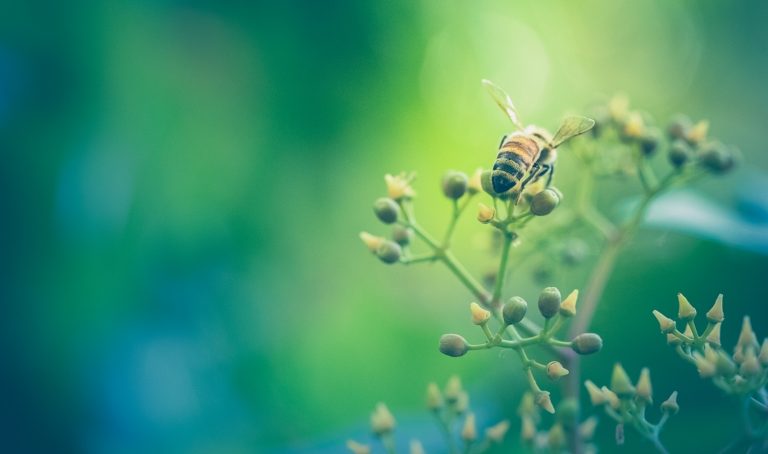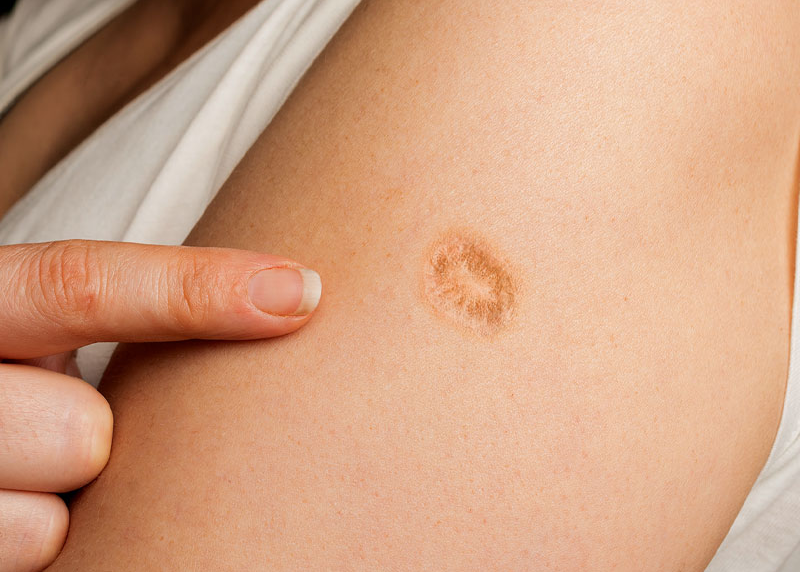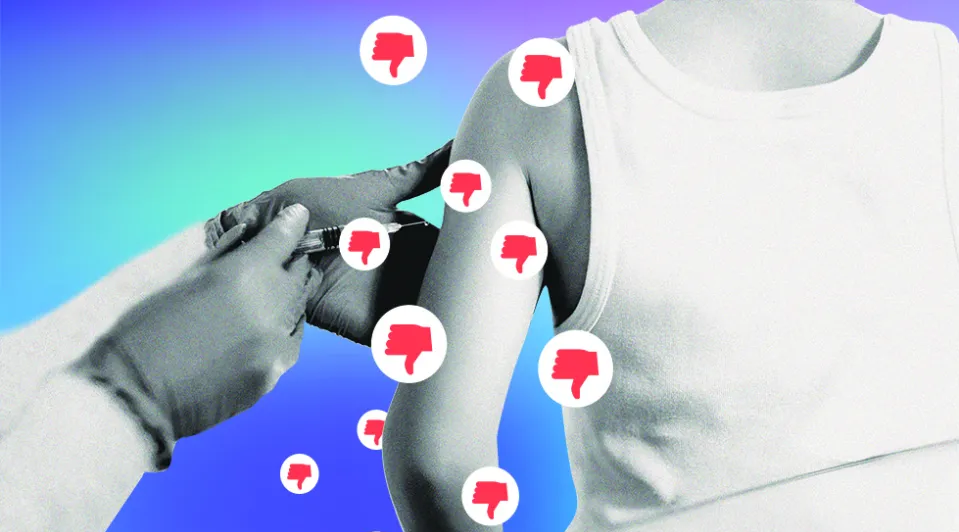Story Highlights
- Bees and other pollinators face serious threats from disease, parasites, pesticides and habitat destruction, threatening the viability of crop farming worldwide, most well publicized by the critical danger posed to honeybees.
- Treatment of bee diseases has been hampered by the nature of the honeybee immune system: They do not produce targeted antibodies as other animals do, but do produce a protein that binds to pathogens and can allow the queen to pass on immunity to her offspring.
- A team of scientists is testing that concept by introducing a new type of immune therapy against American Foulbrood, one of the most common and devastating diseases to threaten hives and colonies, one that is a death sentence for any colony it is found in.
Honeybees and other insect pollinators are in crisis across the world, facing devastating losses as a result of diseases, parasites and infections, pesticide exposure and repercussions from intensive farming. This is no small matter as three out of four crops around the world depend on pollination to produce.
In 2016, United Nations-led researchers reported that as much as $577 billion of annual food growth depends directly on pollinators. That same research group testified that 40 percent of invertebrate pollinators, such as bees and butterflies, face extinction and 16.5 percent of vertebrate pollinators, such as birds and bats, are also in danger.1
Insects Fight Disease Differently
A barrier to treatment of honeybee diseases has been the alien nature of the insect immune response compared to other animals. Insects do not produce targeted antibodies, so have no “memory cells” to provide natural immunity to previously encountered pathogens. This characteristic has previously thwarted attempts to produce insect vaccinations.
Now scientists out of Helsinki University in Finland have found a way to bypass the antibody system that vaccine science has been traditionally based on, instead focusing on the way bees do generate immunity within the hive. In 2014, lead researcher Dalial Freitak noticed that moths fed certain bacteria were able to pass down immunity to that bacteria to their offspring. “They could actually convey something by eating. I just didn’t know what the mechanism was,” she said.2
Ultimately Freitak teamed up with fellow scientist Heli Salmela, whose work focused on a honeybee egg-yolk protein called vitellogenin. The team has just introduced a “vaccine,” or immunotherapy, against one of the most common and notoriously destructive disease encountered in bees.
American Foulbrood is First Vaccine Target
American Foulbrood (AFB) can spread so rapidly and is so lethal that any level of infestation is considered a “death sentence” for the hive or the entire colony, according to Toni Burnham, president of the DC Beekeepers Alliance in Washington3 “If a colony is diagnosed with AFB—regardless of the level of the infestation—it burns. Every bit of it burns; the bees are killed and the woodenware burns, and it’s gone.” The pathogen is so invasive, she added, that 100-year-old samples have been found capable of re-infecting honeybee hives with AFB spores.
The science behind the therapy is clarified in the Finnish team’s previous study of vitellogenin as “the carrier of immune elicitors” in honeybees, in which it was demonstrated that the protein binds to both gram-positive bacteria (such as Paenibacillus larvae, the bacteria that causes American Foulbrood) and gram-negative pathogens such as Escherichia coli.4
The new immune therapy is fed to the queen bee on a sugar cube, and the immunity developed by the queen is subsequently passed to her offspring, quickly spreading to the entire hive as the “passively vaccinated” young bees replace their older hive mates. A queen bee can live between two and five years, but worker bees only live for a few weeks during the working season (maybe longer in winter),5 so anything that impacts the health of the queen rapidly affects the rest of the hive.
Although the immunotherapy is still in testing stages, these researchers have hopes of being able to use the same method to target any microbial pathogen that affects bees.
References:
1 Kingsley S. Scientists Create Bee Vaccine To Fight Off ‘Insect Apocalypse’. Phys.org Dec. 14, 2018.
2 Ibid.
3 Chappell B. World’s First Insect Vaccine Could Help Bees Fight Off Deadly Disease. NPR Dec. 7, 2018.
4 Salmela H, et al. Transfer of Immunity from Mother to Offspring Is Mediated via Egg-Yolk Protein Vitellogenin. PLOS Pathogens July 31, 2015.
5 How Long Do Bees Live? BioExplorer Apr. 22, 2018.














5 Responses
Do bees have an innate immune system? I think that is present throughout all phyla.
Pinterest is blocking your articles from being pinned
Pinterest blocked my sharing this story
Chemicals. I believe are going to be the DEATH of our WORLD!!
Check out Youtube.com…. “Paul Stamets – Report from the Underground”… scientist and researcher of mycelium (the root/ communication network of mushrooms in the soil) and how he’s finding applications with mycelium to help bees and the soil regenerate.